1. The Never-Ending Tank Cleaning Routine
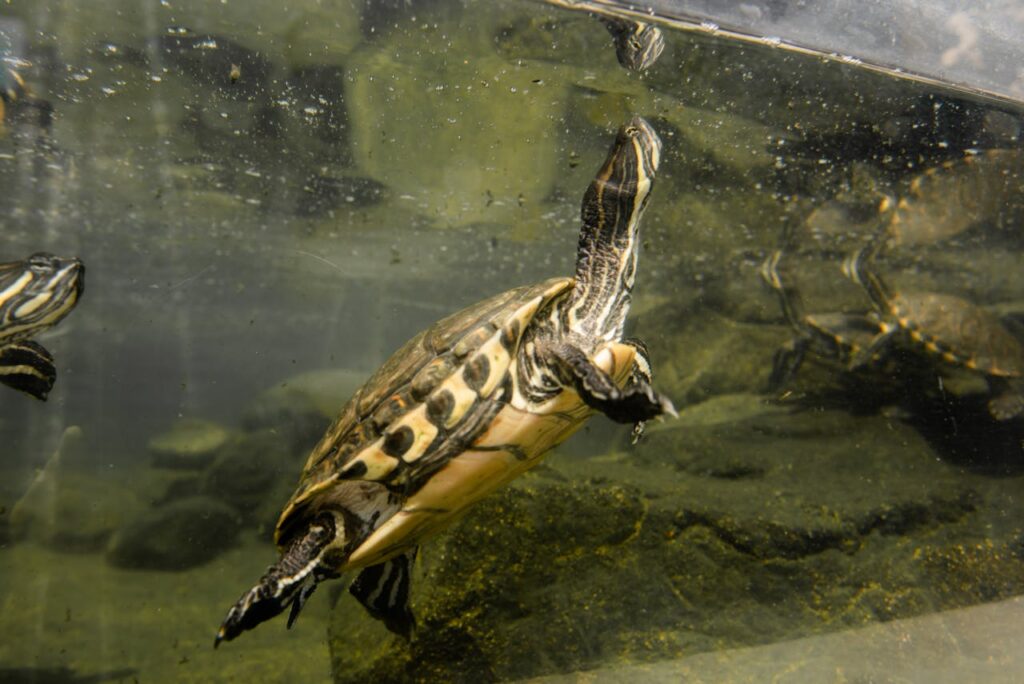
When you first get a turtle, you might think that keeping its tank clean will be a breeze. After all, you’ve kept other pets in aquariums before—how hard could it be? But it doesn’t take long for reality to set in. Turtles are incredibly messy creatures. They’re constantly moving around, eating, and, of course, producing waste. The water in their tank can turn cloudy and foul within a matter of days. According to PetMD, unlike fish, who might just swim through the water, turtles like to dig around, splash, and stir up debris, making the mess even worse.
To make matters worse, turtles are messy eaters. They might splash food everywhere while feeding, and half of it will end up sinking to the bottom, decaying, and contributing to the dirty water. Cleaning the tank involves not just changing the water but scrubbing down the walls of the tank, cleaning the filter, removing the debris from the substrate, and disinfecting everything. It’s a labor-intensive process that you’ll have to repeat over and over again. Add to that the strong odor of stagnant water, and soon enough, you’ll find yourself cleaning the tank more frequently than you ever thought you would.
2. The Turtle’s Reluctance to Leave Its Shell
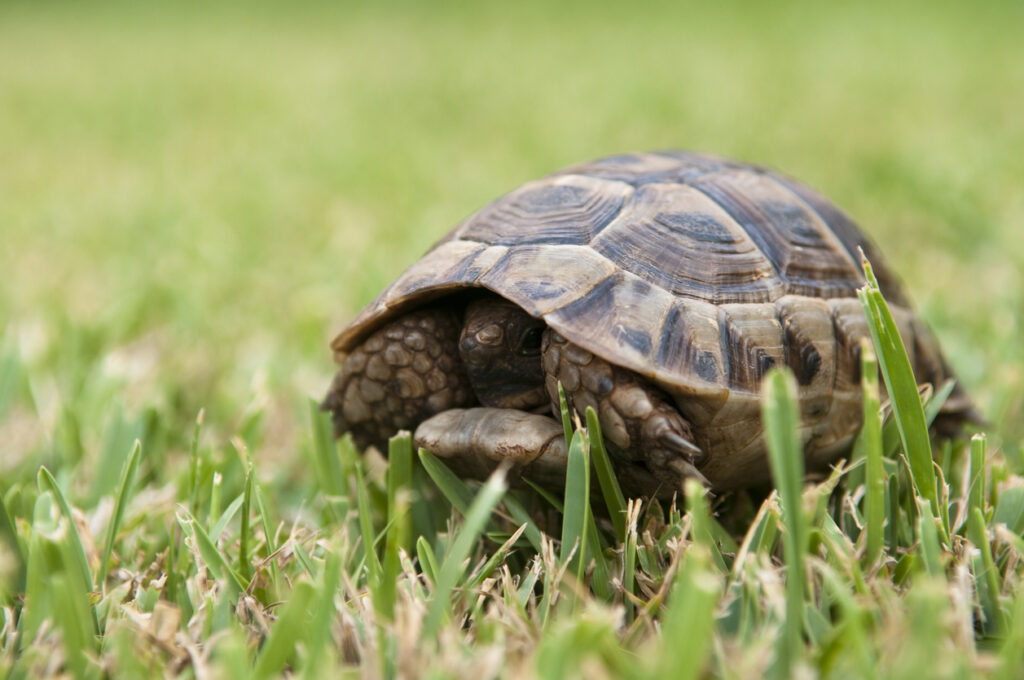
Turtles are notoriously secretive creatures. When you first bring a turtle home, you expect it to greet you with excitement and maybe swim around, but instead, you’re met with a creature that often refuses to leave its shell. This little guy can hide away for hours or even days, peeking out from the safety of its shell only when it feels like it’s absolutely necessary. And let’s not forget the frustrating moments when you try to interact with it. According to the Turtle Conservancy, this instinct to retreat into their shells is a defense mechanism that has evolved over millions of years. When a turtle feels threatened or unsure, it may withdraw into its shell for safety, which can lead to long periods of hiding.
You might tap on the glass, wave a treat in front of the turtle, or even gently nudge it, but no matter how hard you try, the turtle just pulls its head and legs back into its shell, acting like it’s the end of the world. You might find yourself waiting for hours to see any sign of life, wondering if your pet is okay, or just trying to enjoy a moment with it. Over time, this behavior can get pretty frustrating, especially when you’ve been eager to interact with your new pet and it simply isn’t interested in leaving its shell. Eventually, you realize that turtles, despite their cute, small appearance, are incredibly independent creatures who don’t need or want constant attention.
3. They Are Surprisingly Loud (And Not in a Cute Way)

One of the things no one tells you about turtles is how surprisingly noisy they can be. Sure, they’re not barking or meowing, but they have their own way of making themselves known. At first, you might think your turtle is quiet, but then you hear it. Turtles have a tendency to make huffing or sniffing noises when they’re breathing or moving. It might sound cute or odd at first, but after a while, those sounds become a regular part of your life.
Turtles can also be loud when they move around. Their claws scrape against the glass, and when they’re looking for food, you might hear the scraping sounds of them digging through rocks, substrates, or decorations. If you’ve ever had a turtle climb on top of a basking rock or move around its tank, you’ll know that it’s a noisy process. The sound of their claws scraping the surfaces can be grating on your nerves, especially if they do it at odd hours. And then there’s the unmistakable noise of them splashing around when they get too excited. These little creatures may not be vocal in the traditional sense, but the sounds they make are far from soothing.
4. The Sheer Amount of Space They Need
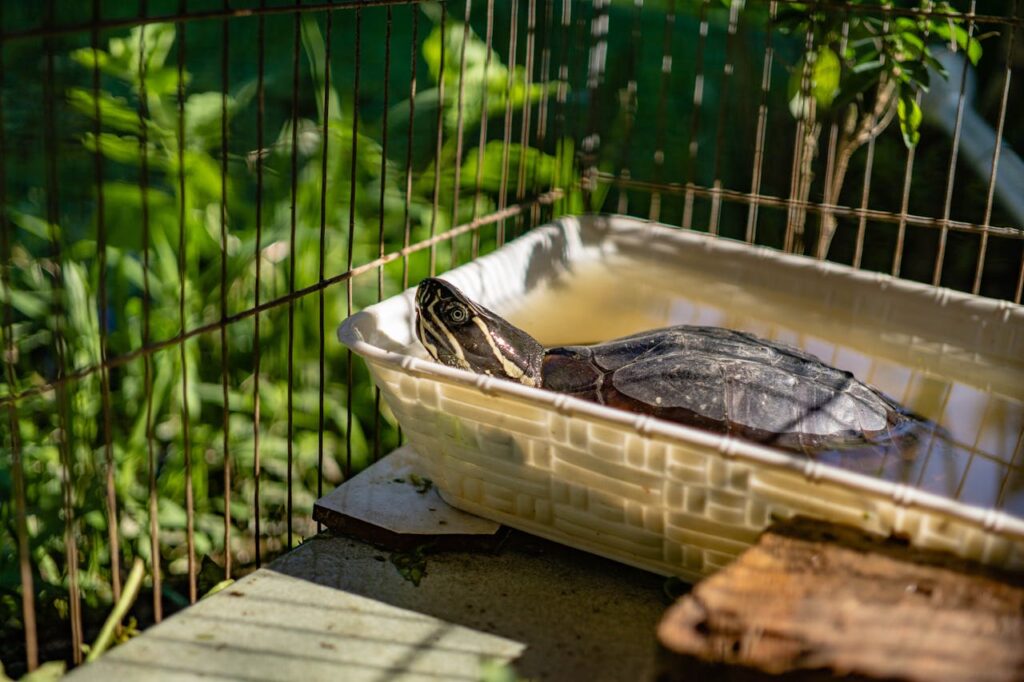
Turtles are not as small as they seem when you first bring them home. Sure, when they’re babies, they fit easily into small tanks, but as they grow, so do their space requirements. According to Omni Calculator, the problem with pet turtles is that they can live for decades, and during that time, they will grow much larger than you anticipated. The once-adorable little guy you brought home will eventually require a much larger tank to accommodate its size and its behavior.
You quickly realize that you can’t keep your turtle confined to a small aquarium for its entire life. If you’re really going to keep it happy and healthy, you’ll need a large tank with proper filtration, UV lighting, a basking area, and room for the turtle to move around. Even the smallest turtle requires more space than you might think, and if you want to give it a comfortable home, you’ll find yourself investing in larger aquariums as your turtle matures. What started as a manageable pet quickly becomes a full-fledged setup, and your living room or bedroom will begin to feel more like a small aquarium store.
5. They’re Expert Escape Artists (When You Least Expect It)
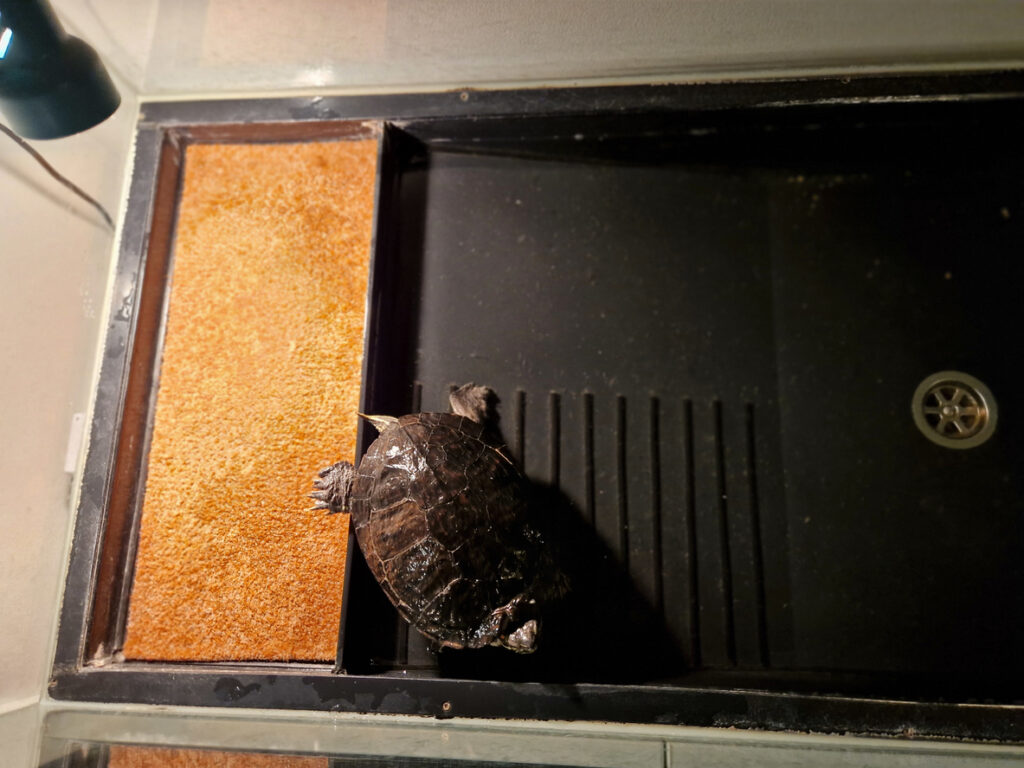
When you first set up your turtle’s home, you think you’ve made it secure. You’ve got a lid on the tank, and it seems sturdy enough. But you can’t underestimate the sneaky abilities of a turtle. These seemingly slow, relaxed creatures have an incredible knack for getting out of their tanks when you least expect it. You might leave the lid slightly ajar for just a minute, and before you know it, your turtle is out of the tank, exploring the great unknown (which, in most cases, is your living room).
Turtles can scale the sides of their tanks, find small gaps, or even use objects in their tanks to help them escape. It’s not unusual to find them climbing up basking rocks or decorations and attempting to make a break for freedom. When they do escape, it’s usually in the middle of the night, when you’re least likely to catch them in the act. The first time it happens, you’ll panic, searching high and low, wondering where your turtle has gone. You’ll have to turtle-proof your entire home, moving furniture and securing every possible opening, just to keep your turtle from wandering off.
6. Feeding Them Takes Forever
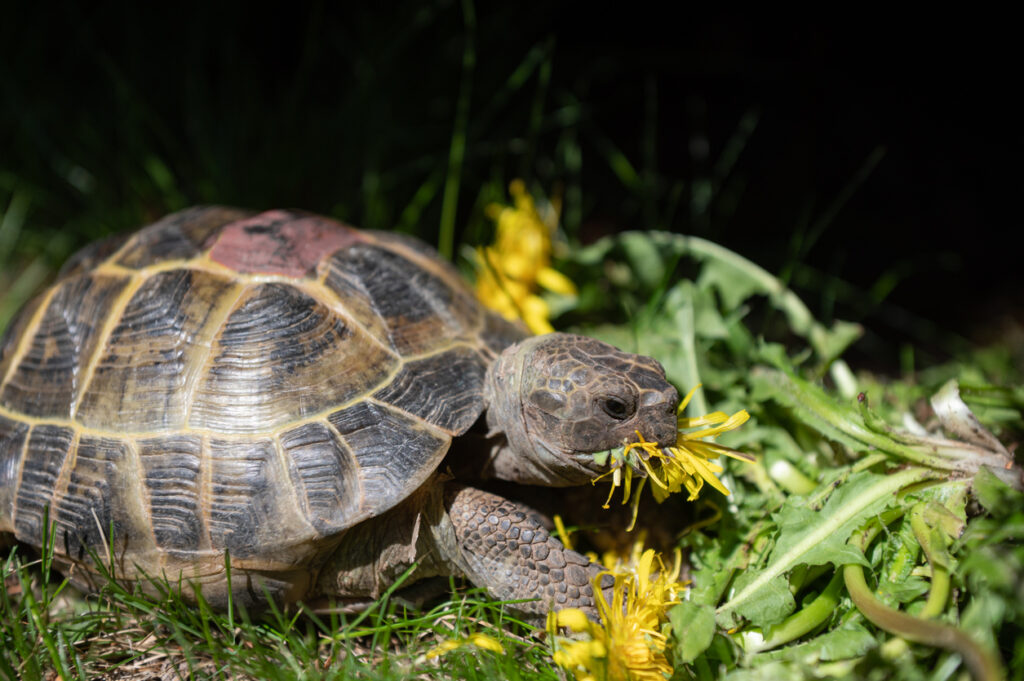
Feeding a turtle is an art form. It’s not just about throwing in some pellets and walking away. You might expect them to devour their food in seconds, but in reality, turtles take their sweet time when eating. They can be slow, deliberate, and sometimes downright picky. You might find yourself watching your turtle, wondering if it’s ever going to finish eating, only to realize it’s already been half an hour and the turtle is still nibbling away at its food.
But the time it takes for your turtle to finish eating is only part of the story. What no one tells you is how fussy they can be about what they eat. You might think they’ll be satisfied with a mix of turtle pellets and veggies, but some turtles turn their noses up at certain foods, or they might only prefer live food. So now, you find yourself at the pet store, buying different food options to try and keep them satisfied. You’re constantly experimenting, trying different combinations of foods, and the process becomes a bit like feeding a picky child—only it takes a lot longer. According to BeChewy, feeding juvenile turtles small amounts daily is recommended, while adult turtles should be fed three to four times a week to prevent overfeeding and obesity.
7. Their Lighting and Heating Requirements Are Overwhelming

One of the biggest surprises when owning a turtle is how much work goes into maintaining the right environment for them. Unlike other pets that can thrive in a room with ambient temperature, turtles require precise control over their heating and lighting. Since they’re cold-blooded, they need external sources of heat to keep them at the right body temperature. This means setting up specialized lighting and heat lamps, sometimes in multiple spots of the tank.
But the lighting doesn’t stop at just keeping the turtle warm. They need UVB light to metabolize calcium and keep their shells healthy, which means you’ll have to buy special UV lights that must be replaced regularly. Not only do you need to worry about temperature regulation, but you also need to make sure that the lights are at the right distance and intensity. The setup can get overwhelming, especially when you realize that one little malfunction—like a burned-out light or an improperly heated tank—can lead to a very sick turtle. This constant vigilance over the environment can be exhausting for any turtle owner.
8. They’re Way More Expensive Than You Thought
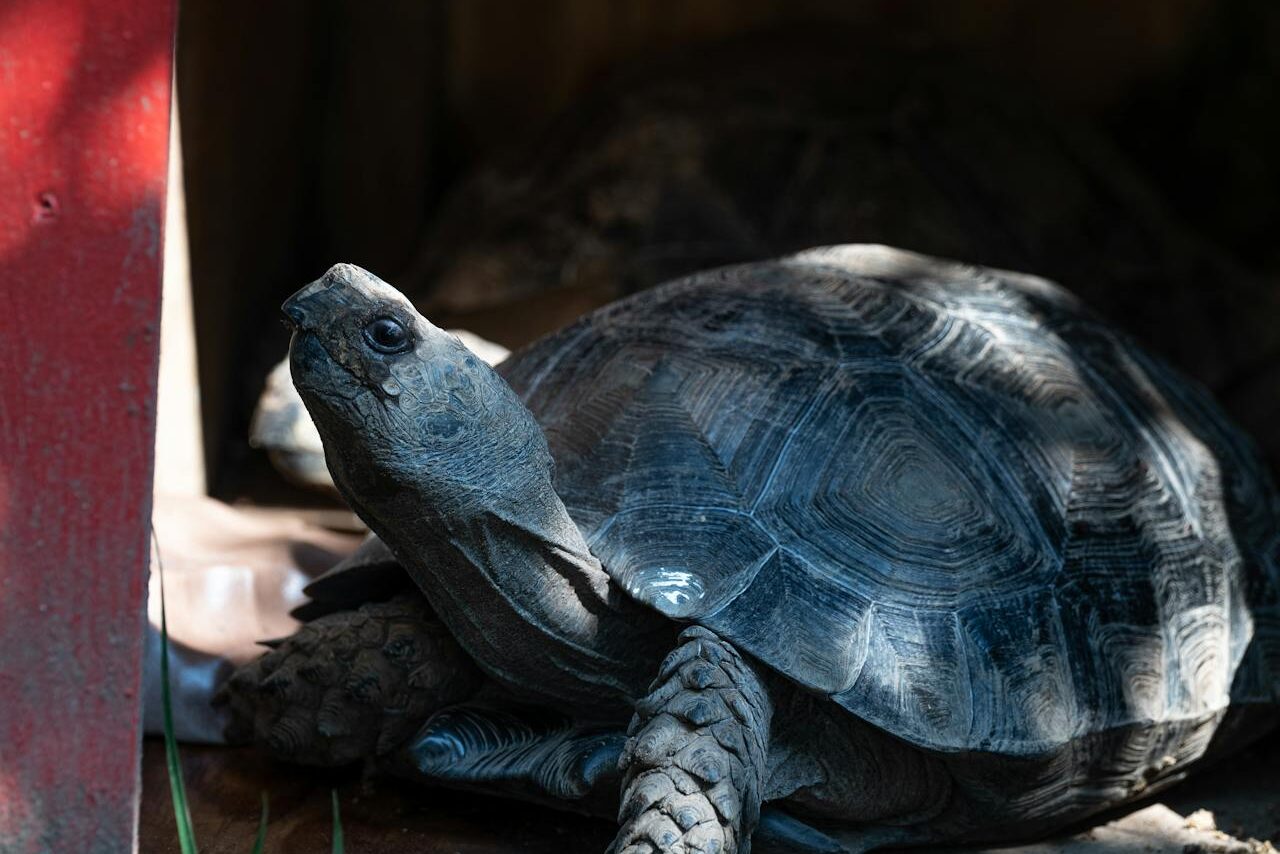
When you first get your turtle, it’s easy to think that the costs will be minimal. According to All Turtles, the total setup cost for a turtle can range from $500 to $1,500, depending on the species and the equipment needed. After all, they don’t need fancy food like some pets, and their setup seems manageable. But then you quickly realize that owning a turtle is a lot more expensive than you thought. First, there’s the tank—whether you buy new or try to find a second-hand one, it’s going to cost you. Then there’s the water filter, the UV lighting, the basking area, and all the other accessories necessary to create a comfortable habitat.
And once you have the basics, you realize that you’ll need to constantly invest in new supplies. Filters need to be replaced, lights burn out and need upgrading, and the food supply is ongoing. Turtles can be picky eaters, and you might have to buy fresh vegetables, live food, or specialized pellets, all of which add up over time. What you thought would be a low-maintenance pet turns out to be an expensive one, and you’ll find yourself at the pet store more than you expected.
9. They Live for a Long Time—But Do You?
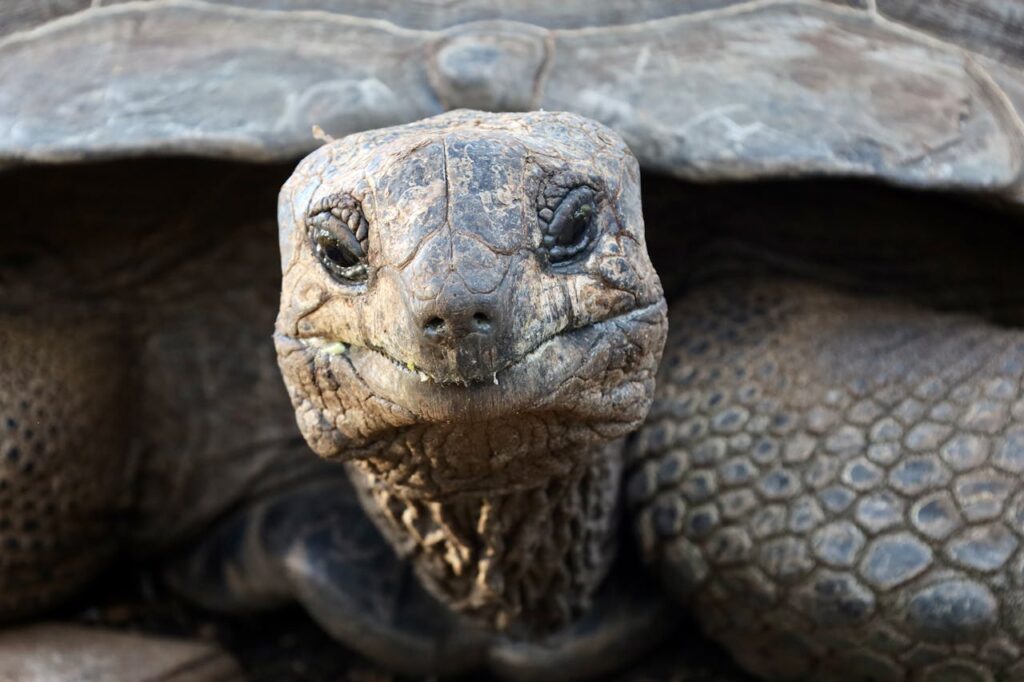
When you first bring a turtle home, you might think that you’re just committing to a few years of turtle care. Maybe you think it will be a fun little pet to have around, but no one warns you that turtles can live for decades. While that might sound impressive or even wonderful at first, the reality is that it’s a huge commitment that can stretch over the course of your entire life. According to USA Today, some turtles can live to be 30, 40, or even 50 years old, and if you’re lucky (or unlucky, depending on your perspective), that turtle could outlive you.
Turtles also grow quite large over time, meaning that you’re not just taking care of a tiny pet for a few years. As they get older, they require more food, larger tanks, and more complex care. You start to wonder if you’re ready to deal with the demands of turtle ownership for decades. If you ever move, you’ll have to figure out how to transport your pet safely. And if you decide to travel, who’s going to look after your turtle? The long lifespan means that you could be responsible for a pet well into old age. You might even start to think about who will take care of it once you’re no longer able to—an ongoing responsibility that many people simply don’t consider when they first buy a turtle.
10. They’re Always Wet (And It’s Hard to Avoid)
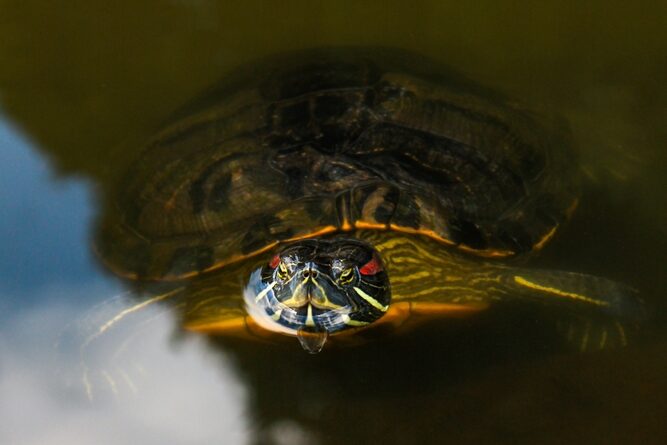
Turtles are aquatic creatures, meaning that they need to be surrounded by water most of the time, according to the RSPCA. The constant wetness is one of the most annoying aspects of owning a turtle. Every time you interact with your turtle, you’re going to get wet. Even if you’re just feeding them, cleaning their tank, or trying to play with them for a few minutes, you end up with water splashing all over the place. Turtles aren’t the cleanest when they move around in their water, and they leave behind wet trails and drops on any surface they touch.
And then there’s the unavoidable wet mess that happens when you remove your turtle from the tank to clean or examine it. Even if you dry them off, their skin and shell are still moist, leaving your hands, clothes, and even furniture damp. If they get out of their tank, expect puddles to form wherever they go. The constant moisture can make your home feel like a small swamp. You’ll find yourself wiping down counters, floors, and the surrounding areas far more often than you anticipated, just to keep things dry. It’s an endless cycle of dealing with wet spots, especially as your turtle moves in and out of the water.
11. They’re Surprisingly Slow (But Not When It’s Time to Escape)
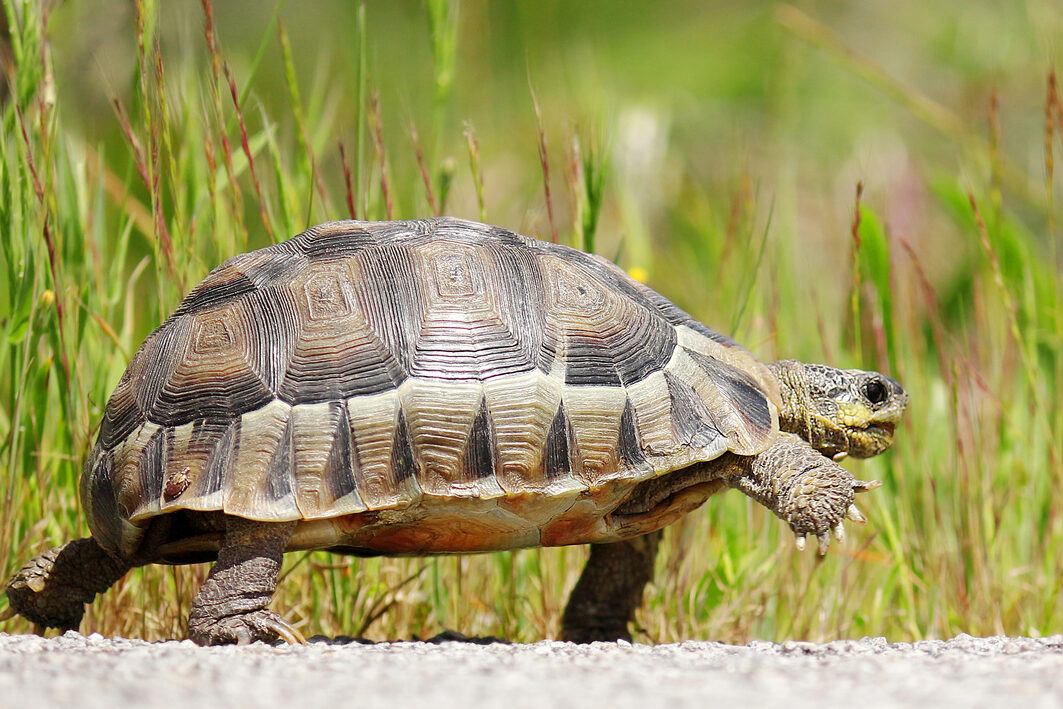
Turtles have the reputation of being slow-moving, and that’s partly true. But despite their lack of speed when they’re roaming around their tank, these creatures can be surprisingly quick when they want to get away. You might spend hours watching your turtle crawl along at a leisurely pace, thinking that you can take your time with the care routine. But the moment you turn your back, your turtle could make a run for it, scrambling faster than you ever thought it was capable of.
Turtles aren’t known for speed, but when they feel threatened or just get a burst of energy, they can move surprisingly fast for their size. You might be walking away from the tank, only to hear a loud clattering sound as your turtle suddenly decides to race up the glass walls or attempt to scale its enclosure. And even if you have a large tank, a determined turtle can find ways to push or climb its way out. The speed at which a turtle can escape when it’s motivated is alarming. You quickly realize that despite their leisurely movements, they’re capable of surprising bursts of energy when it matters.
12. The Constant Need for UV Light and Heat Can Be a Nightmare
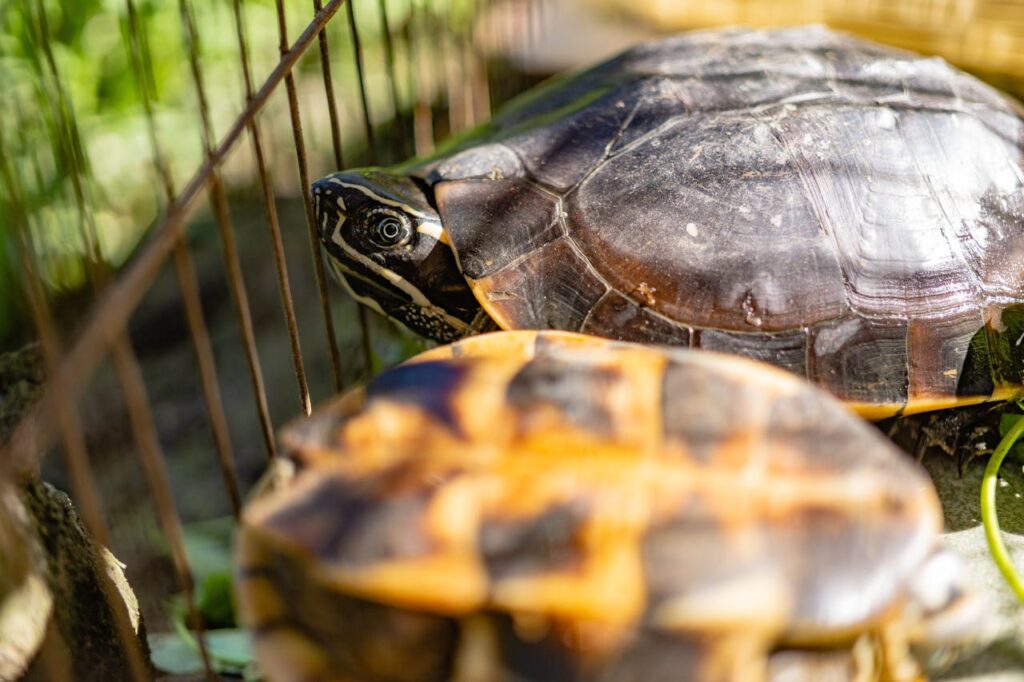
Turtles are ectothermic, meaning they rely on external heat sources to regulate their body temperature. This means that you have to provide them with consistent, specialized UV light and heat. If you thought you could simply put your turtle in a regular room with natural sunlight and forget about it, think again. To make sure your turtle stays healthy, it needs UVB rays to synthesize vitamin D3, which helps in calcium absorption and shell health. This requires you to invest in proper lighting that mimics the sun’s rays, and you’ll need to replace these bulbs regularly.
In addition to UV lighting, turtles need specific temperatures to thrive. Without a proper basking area or heat source, your turtle could suffer from a variety of health issues, including shell deformities and stunted growth. You have to maintain both the water temperature and the basking spot temperature, which adds layers of complexity to their care. This constant need for specialized lighting and heating systems means that you’ll always be adjusting, replacing, and monitoring the setup. Not only can this become an expensive venture, but it also demands constant attention, especially when it comes to ensuring that everything is functioning properly. If you’re even slightly off with the heat or lighting, you could risk your turtle’s well-being.
13. The Intense Guilt of Not Being Able to Interact Much

Turtles are not exactly affectionate pets. Unlike cats or dogs that may seek out attention and love to snuggle with you, turtles are more solitary creatures. While some might enjoy basking in your presence, they’re not particularly social and rarely seek out affection in the way many other pets do. This can create a sense of guilt for owners who were expecting a more interactive companion.
You might find yourself longing for the connection you’d have with a dog, or even a hamster, but with a turtle, you can’t quite achieve that level of companionship. Instead, you’re left to watch as your turtle spends most of its time in its tank, going about its business. There’s something disheartening about knowing that no matter how much effort you put into your turtle’s care, it might never show signs of affection. While you might take pride in providing a beautiful habitat and a healthy environment, you may still feel a bit let down by the lack of personal interaction. The absence of a warm, snuggling pet might leave you wondering if the whole turtle thing was worth it.


